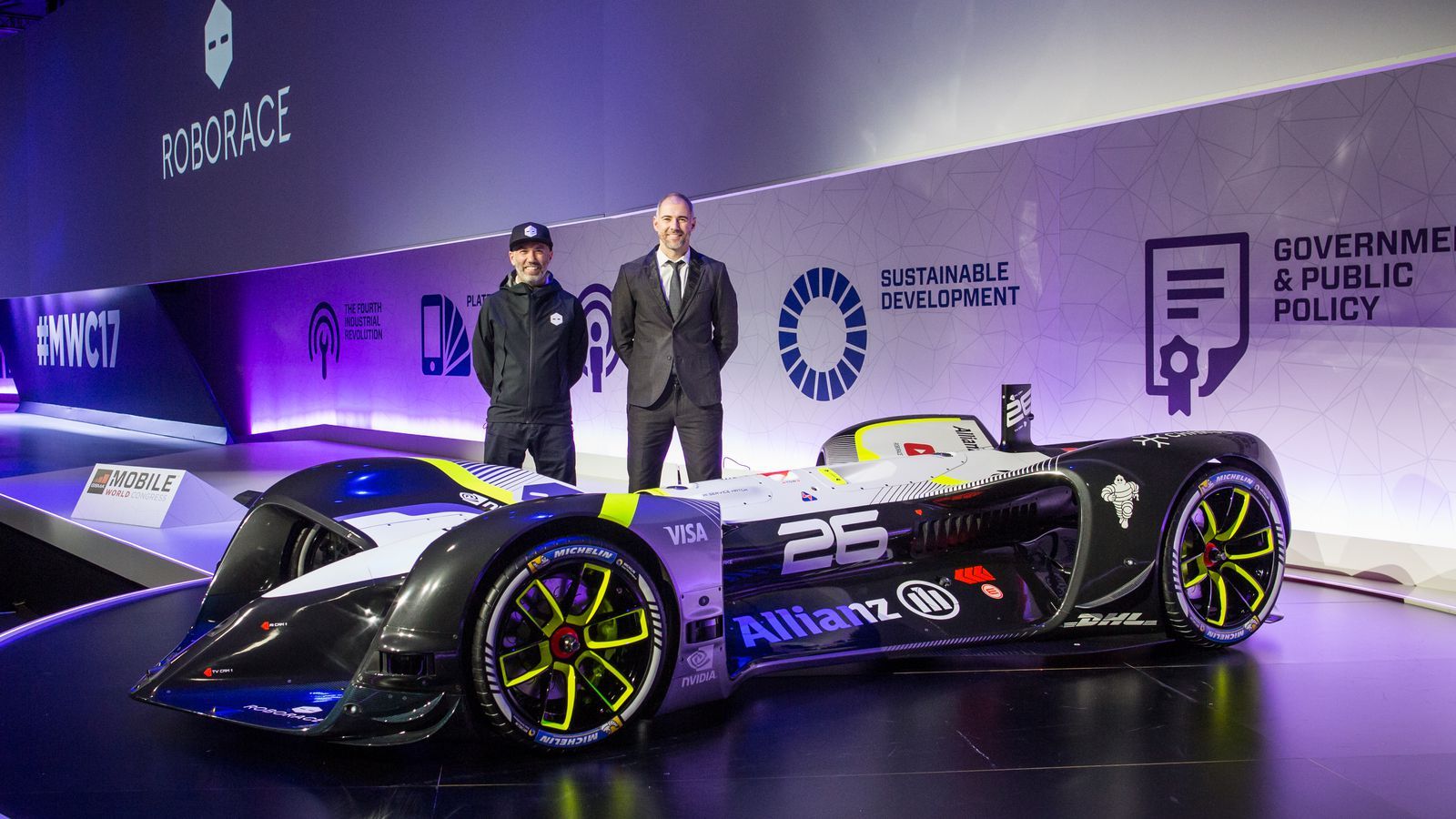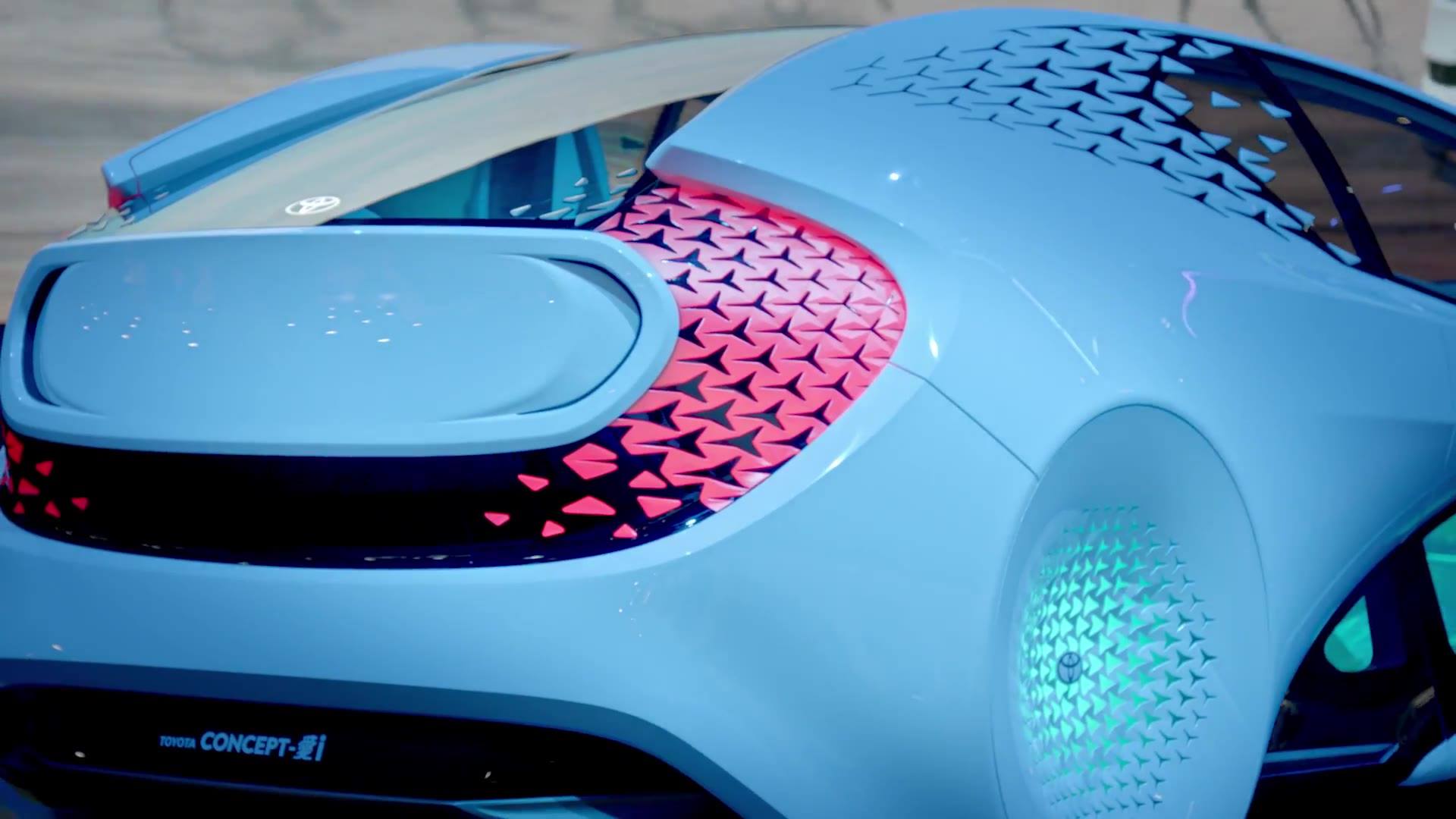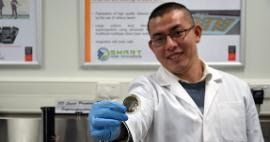SAN FRANCISCO A company now owned by Uber last year quietly bought a small firm specializing in sensor technology used in autonomous vehicles, giving the ride services company a patent in the technology and possibly a defense against a trade secrets theft lawsuit filed against it by rival Alphabet Inc.
The chief executive of little-known Tyto Lidar LLC said in a May 2016 post on LinkedIn that the company had been sold, at the same time as he and three other executives joined Otto, according to their profiles on the online business network. Official U.S. patent data shows Otto acquired Tyto technology at the same time.
Otto, a self-driving truck startup founded by former Alphabet employees, was bought by Uber in August.








